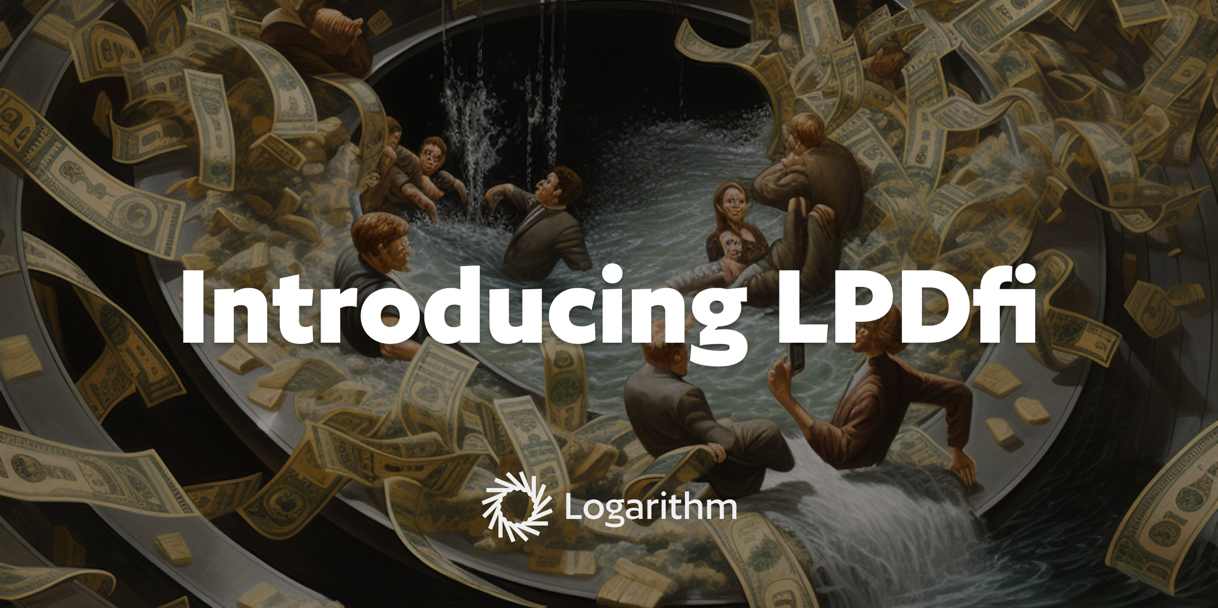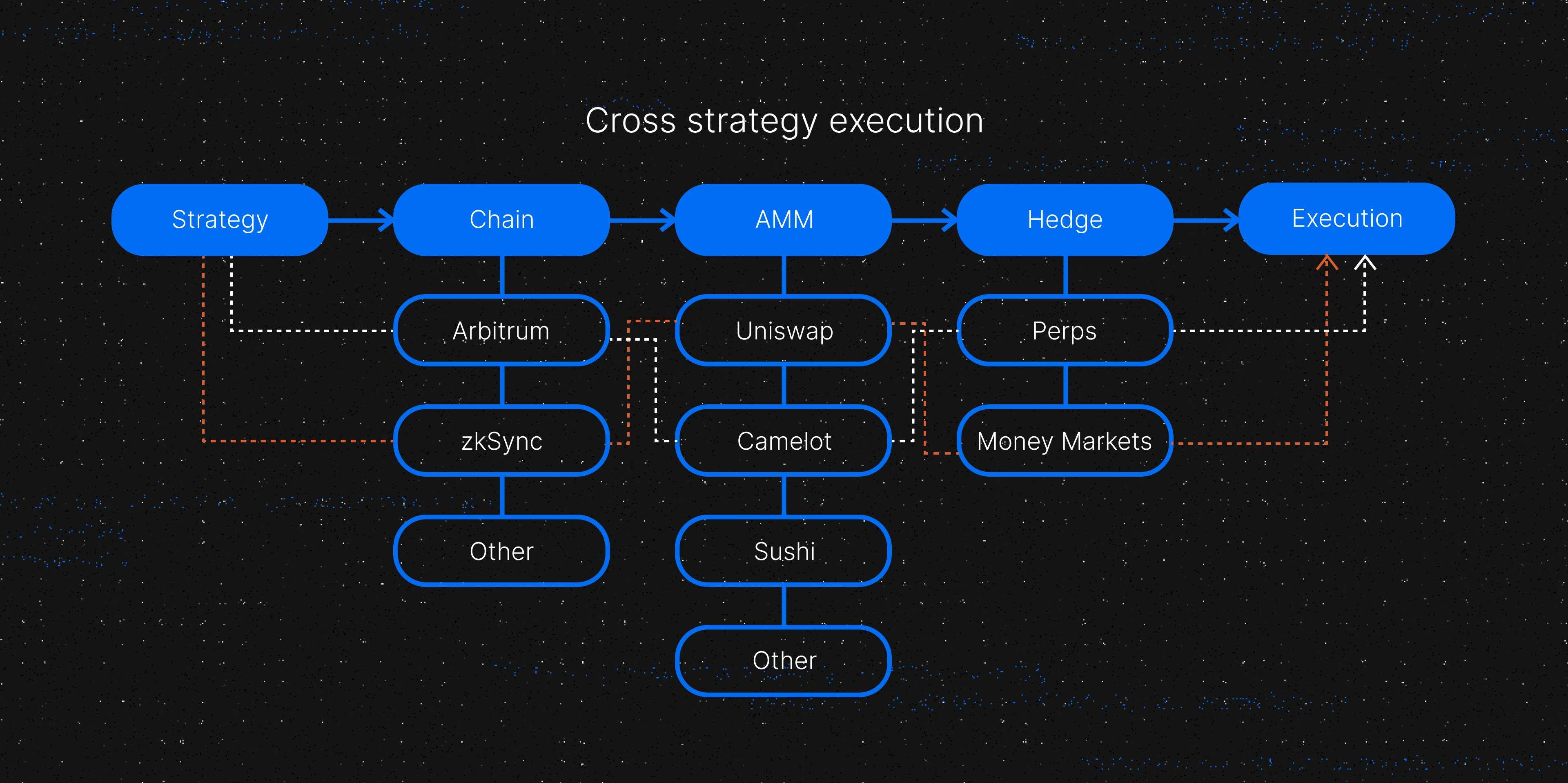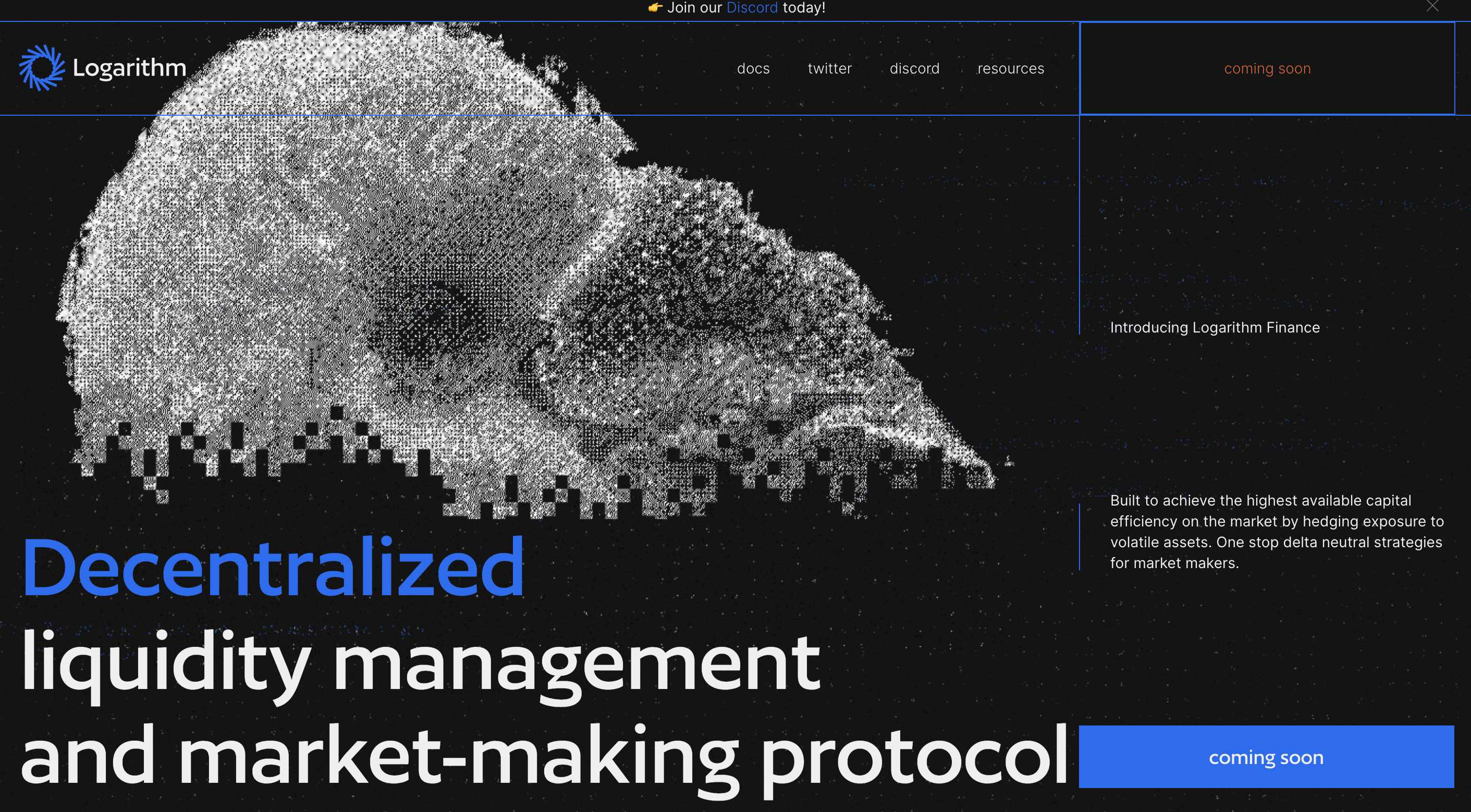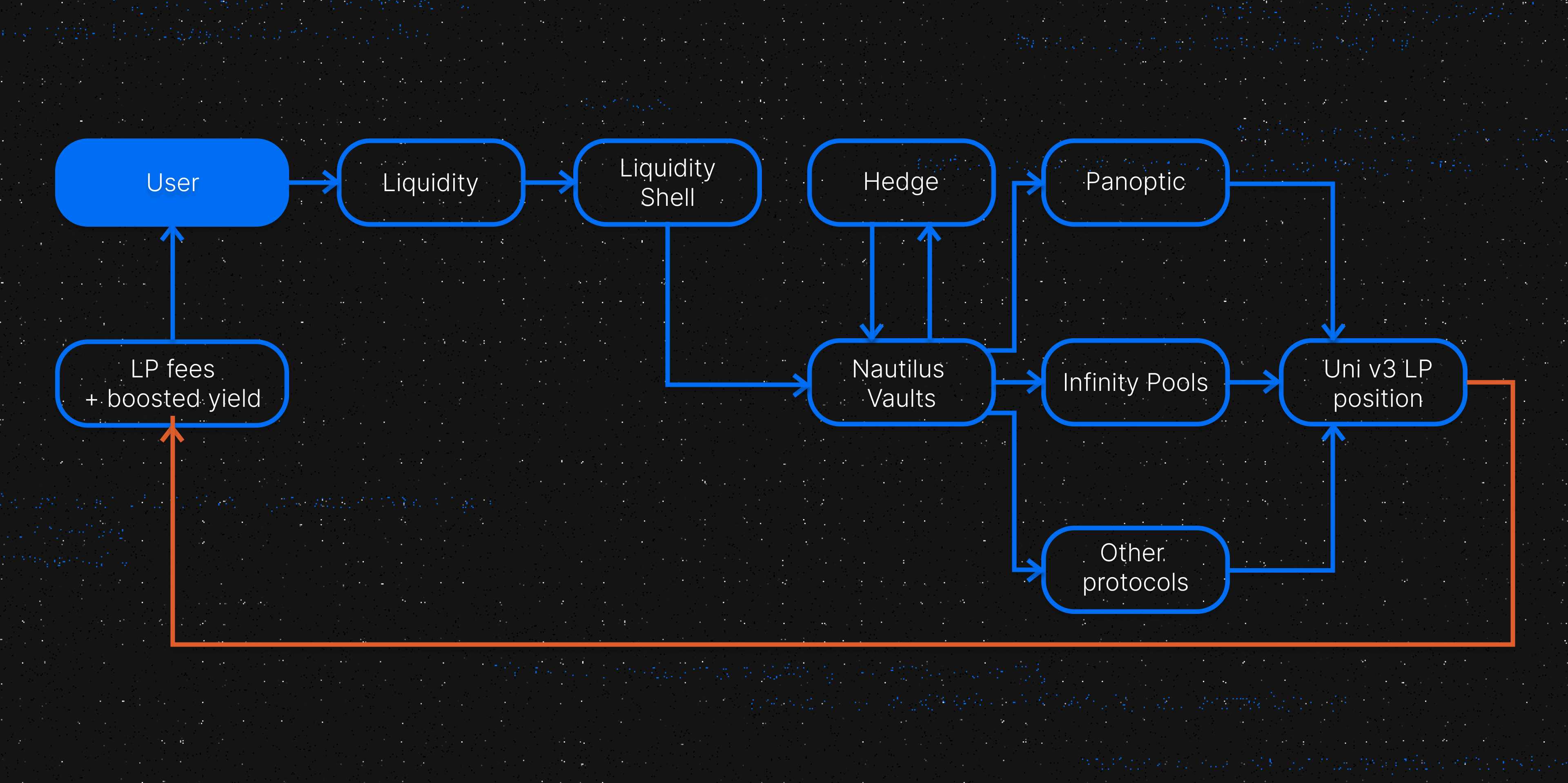After LSDFi, will the liquidity provided by derivative LPDFi trigger the next wave of DeFi narrative?
Will LPDFi liquidity trigger the next DeFi wave after LSDFi?Author: Leo
LSDfi, riding on the Ethereum upgrade, has risen like a torrent and swept through the entire DeFi field, bringing about the LSD (Liquidity Staking Derivatives) war. LSDfi refers to the ability for stakers to convert their staked ETH into a tradable asset, thereby increasing liquidity. LSD also lowers the barrier for users to stake ETH, allowing any amount to be staked, and allows users to earn LST after staking, while also generating multiple sources of income. By enhancing liquidity, LSDfi has solved the problem of idle ETH in users’ hands and has brought significant TVL to many DeFi protocols focusing on the LSD track.
The explosive popularity of LSDfi is not only due to catching the wave of the Ethereum upgrade, but also because it solves the practical problem of crypto user income, making it an important part of the DeFi narrative. Today, we will explain in detail a new narrative called LPDfi (Liquidity Providing Derivatives), and this article will mainly introduce the problem of poor liquidity in the DeFi field and what problems LPDfi solves with its emergence. Can it become the next major narrative in DeFi?

- Bybit Payroll Manager Steals Large Amounts of USDT, Singapore Court Elaborates on Cryptocurrency Property Attributes
- Binance Chain L2 pioneering application MEKE to start public testing on July 31st
- Involved in a transaction of 400 billion yuan, how do law enforcement agencies dispose of confiscated cryptocurrencies?
The liquidity problem of DeFi protocols
Previously, the release of Uniswap V3 significantly improved the capital efficiency of the DeFi market, but it also brought about some liquidity problems. For example, liquidity providers through CLMM (Concentrated Liquidity Market Maker) face some strategic problems. The main problem with CLMM is that it needs to constantly rebalance LP positions to avoid impermanent loss. This strategy is usually complex and difficult to execute.

Later, there were protocols in the market that provided active liquidity management solutions to address algorithm MM strategies. These protocols are crucial for CLMM. However, for now, liquidity management protocols are only effective within a relatively broad range. Many market makers try to hedge asset volatility by buying options, but the liquidity of DeFi options is also insufficient, and hedging impermanent loss comes at a high cost. In addition, for retail investors, the concept of options is more complex. Moreover, in the DeFi field, there is no option basket that can effectively hedge impermanent loss from active LP positions.
Another strategy to hedge impermanent loss is to short volatile assets using Money Markets (AAVE or Compound). This strategy works well, but its capital efficiency is low. Currently, all methods to hedge impermanent loss cannot fully unleash the potential of Uniswap V3, which is the problem Logarithm Finance is striving to solve.
Logarithm Finance and LPDfi
First, let’s briefly introduce Logarithm Finance. Logarithm Finance is a decentralized liquidity management and market-making protocol designed for liquidity providers and DeFi users. Users do not need to constantly manage their positions to find high APY, but can profit from liquidity provisioning activities.
The concept of LPDfi introduced by Logarithm Finance aims to transfer liquidity across various LPDs and hedge volatility assets, achieving the highest available capital efficiency in the market. Logarithm Finance mainly provides liquidity for LP-centric protocols and actively manages LP positions to earn higher returns. The protocol focuses on earning automatic compounding fees on Uniswap-like AMMs and minimizing the risk of volatile assets by creating short positions through delta-neutral strategies on composable DEXs.

Currently, users can join their official Discord community and wait for the launch of the BETA version.
Logarithm Finance Products
Logarithm Finance will launch two main products – Nautilus Vault and Liquidity Shell, both of which play important roles in guiding LPD liquidity (Liquidity Shell) and hedging impermanent loss throughout the development of the LPDfi narrative.
Liquidity Shell – The Main Product of LPDfi Narrative

Logarithm Liquidity Shell helps Logarithm users increase their returns by routing LP tokens to the market’s best liquidity venues. It is also the main product that guides the emerging LPDfi narrative. In simple terms, Liquidity Shell can be seen as a yield aggregation platform or liquidity router, aiming to provide Logarithm users with the highest possible returns by deploying deposited assets into various strategies of LPDfi protocols (LianGuainoptic, Smilee, Infinity Pools, Limitless, etc.).
In addition to bringing high returns to users, this product is also beneficial for other LPDfi protocols. Essentially, its liquidity routing mechanism can provide better liquidity for LPDfi protocols such as LianGuainoptic and Smilee, thereby improving the liquidity of DEXs like Uni V3. Moreover, Liquidity Shell can eliminate the costs, risks, and complexities associated with liquidity mining. Various aspects of the LP process can be simplified because it is built on top of LPDfi protocols.
In the future, Liquidity Shell plans to enable cross-chain functionality to improve LP routing efficiency, allowing users to access a wider range of returns and bring liquidity to LPDfi protocols beyond Ethereum and L2. Ultimately, Logarithm is committed to becoming the destination for LPD liquidity.
The operation of Liquidity Shell is to guide user deposits into the highest-yielding strategy protocols in LPDfi to maximize efficiency. Users will be able to deposit single-sided liquidity and decide whether to use Nautilus Vaults strategy. If users choose to use Nautilus Vaults, their LP positions will be hedged using the GMX perps delta-neutral strategy. In addition, users can also choose to bypass Nautilus Vaults and only use Liquidity Shell, which will allow them to gain higher returns through the asset deployment strategy of Liquidity Shell.
Nautilus Vault – LPDfi Derivative Products
Nautilus Vaults is the first product of Logarithm Finance, where users can deposit USDC to gain high APR. Logarithm Finance will utilize the logic of Nautilus Vaults to build other products, such as Liquidity Shell and leveraged LP mining, to release more liquidity for market makers.
The operation of Nautilus Vaults is that users need to deposit USDC into Nautilus Vaults. There is no time limit for adding and withdrawing liquidity, but depending on market fluctuations, there may be TVL restrictions. The scale of Vaults depends on the available liquidity of decentralized derivative trading platforms. Nautilus Vaults is committed to cooperating with other trading platforms to achieve the maximum market capacity of Vaults.
When USDC is deposited, the protocol will open active, high trading volume LP positions on Uniswap V3 within a narrow range and hedge volatile assets using decentralized derivative trading platforms. Backtesting data shows that Nautilus Vaults’ APR exceeds 12%.
Users can choose to auto-compound APR to obtain more significant returns. All deposits are in the form of USDC. In the future, Logarithm Finance also plans to build other products based on Nautilus Vaults, such as creating a one-stop liquidity management layer on LP-centric protocols.
LPDfi Development Prospects
In summary, the advantages of LPDfi include:
Realizing cross-chain liquidity aggregation, LPDfi aggregates liquidity from different chains, bridges the gap between various DEXs, and achieves true cross-chain liquidity, allowing users to move assets between different chains at any time.
Improving capital utilization efficiency, in LPDfi, the liquidity provided by users can serve multiple DEXs simultaneously, improving the efficiency of capital utilization. Users can enjoy high liquidity and earn more income.
Decentralizing risks and improving stability, LPDfi achieves risk decentralization through liquidity reserves on different chains. Compared to relying on a single platform, LPDfi has stronger stability and risk resistance.
Reducing slippage and improving transaction execution efficiency, liquidity aggregation reduces the slippage of transactions within LPDfi, reducing the cost of user transactions and improving execution efficiency.
It can be seen that Logarithm Finance can become a cross-chain liquidity hub in the future, connecting the entire decentralized trading network and promoting DeFi to a more advanced development stage.
Introduction to Some Other LPDfi Projects
In addition to Logarithm, there are some LPDfi protocols in the market:
LianGuainoptic
LianGuainoptic is a Uniswap-based options DeFi protocol that utilizes Uniswap v3 liquidity positions for minting, trading, and market-making of options that are available 24/7.
Limitless
Limitless Finance is an unliquidated and permissionless leverage tool built on top of Uniswap V3. It aggregates spot and lending liquidity in one architecture, reducing the fragmentation of liquidity between trading and lending. Limitless mitigates impermanent loss and provides higher returns to liquidity providers. Borrowers will be able to borrow any liquidity assets provided by LPs. They enjoy unliquidated and high LTVs by paying a premium to LPs (lenders). Traders can use up to 2000x leverage to long/short assets without being subject to forced liquidation based on prices.
Smilee Finance
Smilee Finance is the first protocol for decentralized volatile assets, providing liquidity similar to DEX to earn predictable USDC APR, hedge on-chain asset risk, and reduce impermanent loss. In addition, Smilee can also be used to build new volatility products, such as impermanent income that is the opposite of impermanent loss – short LP positions to profit from impermanent loss.
Infinity Pools
Infinity Pools does not need much introduction, you can refer to “InfinityPools: Realizing 1000x leverage unleveraged perpetual contracts?”.
We will continue to update Blocking; if you have any questions or suggestions, please contact us!
Was this article helpful?
93 out of 132 found this helpful
Related articles
- How will the five market makers improve the liquidity of WLD compared to Zero as a market maker for PEPE?
- Analyzing UNI Long-tail Liquidity Scenarios How Does it Work?
- African Gold Rush I Help Chinese People with Worldcoin KYC, Earning Up to 20,000 RMB per Day
- Is the concern about Worldcoin groundless?
- Conversation with LianGuai Founder Pan Zhixiong How do Buidlers work?
- Aztec Decentralized Sequencer Solution Analysis Proposal B52 and Proposal Fernet
- Full text of the judgment Bybit payroll officer embezzles public funds, Singapore court determines the property nature of cryptocurrency






